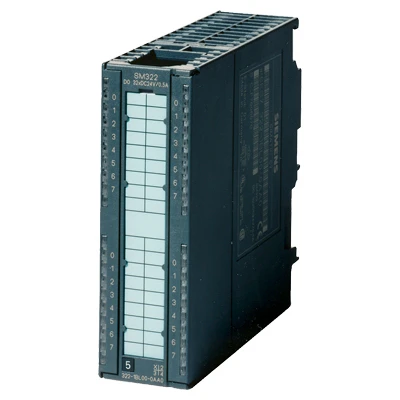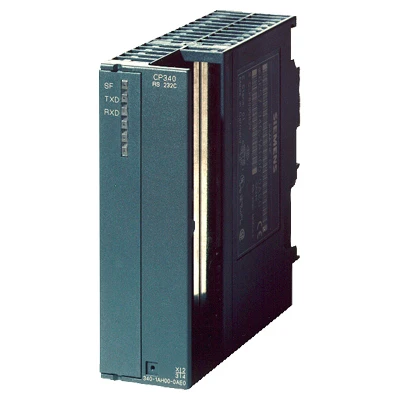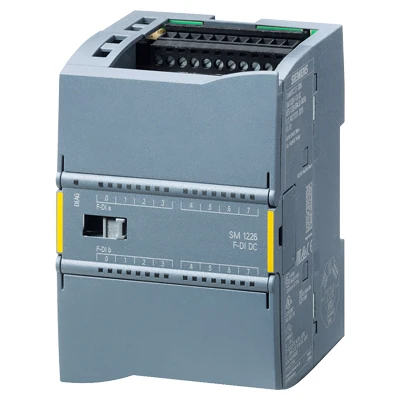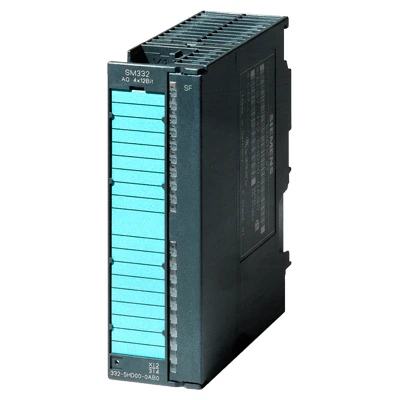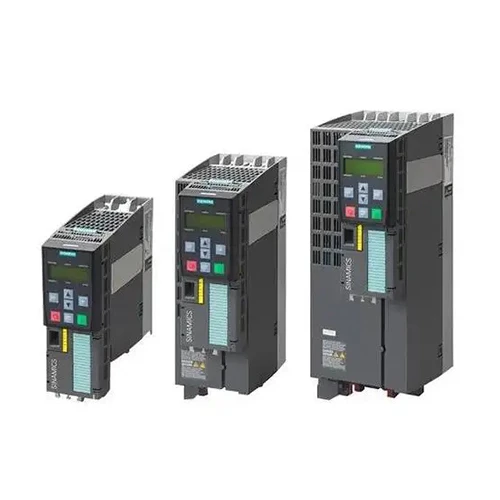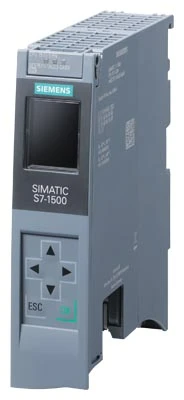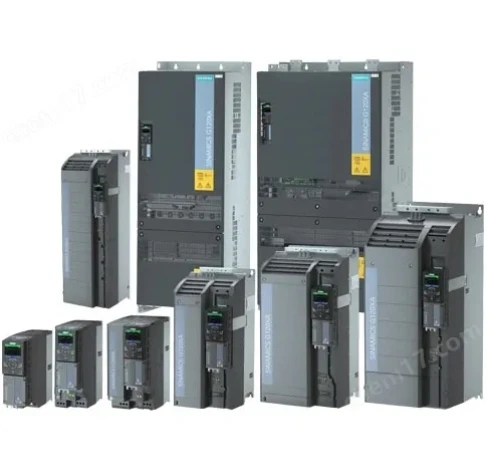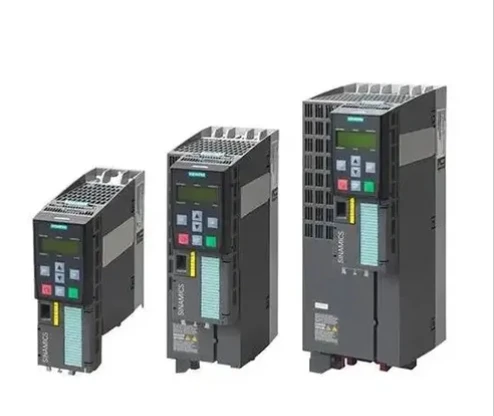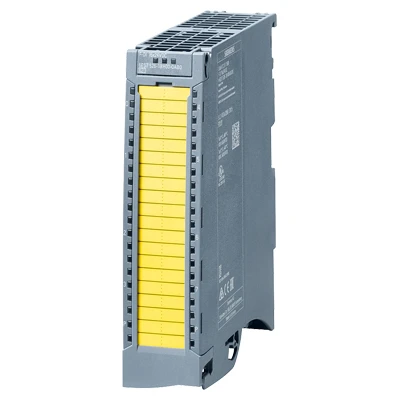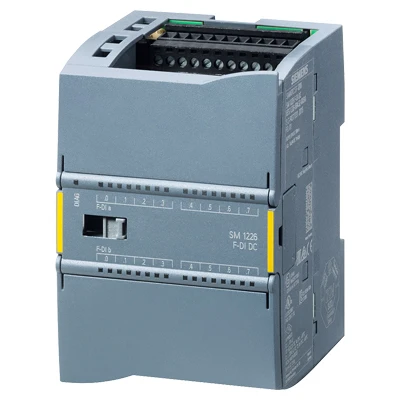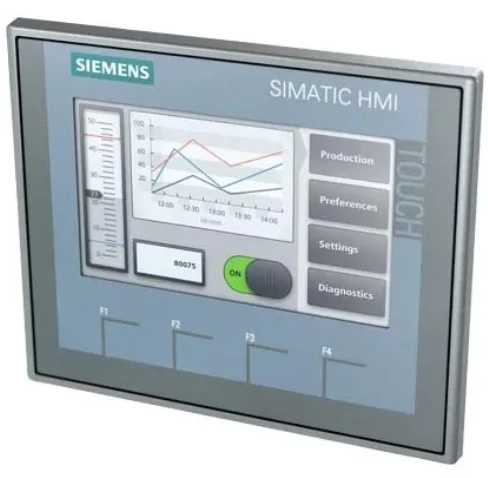PLC Siemens Simatic S7 300: The Enduring Standard in Scalable Industrial Automation
The PLC Siemens Simatic S7 300 is a modular, high-performance automation system trusted across industries for its reliability, expandability, and robust communication capabilities. It remains a cornerstone for scalable control in complex applications worldwide.
System Composition and Flexibility of PLC Siemens Simatic S7 300
At the heart of the PLC Siemens Simatic S7 300 lies a flexible, rack-based architecture that supports wide-ranging automation scenarios. Whether deploying for a single machine or a network of distributed systems, its modular design allows users to tailor configurations precisely to their needs. With core components like the CPU 317 2 PN DP, users gain powerful processing combined with integrated PROFINET and PROFIBUS communication, ideal for real-time control tasks.
This system supports multiple I/O racks connected via interface modules, enabling expansion across large factory floors. Engineers can seamlessly add new functions with analog, digital, or specialty modules, all coordinated under the powerful logic of the S7 300 programmable controller. Such structural flexibility ensures that the PLC Siemens S7 300 evolves with business needs—without the need for costly replacements.
Advanced I/O Module Features in PLC Siemens Simatic S7 300
A defining strength of the PLC Siemens Simatic S7 300 lies in its comprehensive I/O module range. Whether managing simple on/off control with digital modules or monitoring precise signals with analog inputs, the system delivers fast and reliable signal processing. Digital modules offer varied input/output channels with integrated diagnostics for fault detection. Analog modules, on the other hand, support high-resolution measurements with customizable signal ranges.
For advanced process industries, modules with HART communication or thermocouple support bring superior flexibility and integration. The S7 300 programmable controller can be configured to respond to environmental, mechanical, or chemical inputs, making it indispensable in industries like water treatment, energy, and pharmaceuticals. This wide I/O adaptability ensures that the PLC Siemens S7 300 delivers accurate performance in any operational environment.
How to Configure and Expand the PLC Siemens Simatic S7 300 System
Using Siemens STEP 7 software, configuring the PLC Siemens Simatic S7 300 becomes a user-friendly process. Engineers can design the system architecture digitally—selecting CPUs, defining addresses, and allocating I/O modules with a simple drag-and-drop interface. Configuration starts with installing the CPU 317 2 PN DP and assigning its PROFINET and PROFIBUS communication parameters.
Once the physical layout is mirrored in software, users can adjust parameters for each module: setting thresholds, enabling diagnostics, or activating fail-safe operations. Expansion is straightforward, whether adding a new rack, a signal module, or specialty communication processors. The result is a control system tailored precisely to the application's complexity.
Additionally, diagnostic tools within STEP 7 help identify wiring errors or module malfunctions. This minimizes downtime and streamlines troubleshooting, allowing the PLC Siemens S7 300 to maintain consistent performance even under challenging conditions.
The Value and Performance of CPU 317 2 PN DP and Siemens S7 300 Price
The CPU 317 2 PN DP delivers the computational muscle behind advanced applications of the PLC Siemens S7 300. Designed for high-speed logic and multitasking, it’s especially suited for large machines, packaging systems, and motion control. Its dual communication ports enable simultaneous data exchange with decentralized I/O, HMI interfaces, and SCADA systems—all in real time.
Despite the arrival of newer PLC platforms, many integrators continue to prefer the S7 300 programmable controller due to its stability and support ecosystem. The Siemens S7 300 price remains competitive, especially considering its proven reliability, long product lifecycle, and the availability of spare parts. This makes it a cost-effective investment for both new installations and long-term plant expansions.
With continued demand across automotive, food and beverage, and energy sectors, the PLC Siemens S7 300 remains one of the most durable and scalable automation solutions Siemens has ever produced.
PLC Siemens Simatic S7 300 FAQs
What components make up a basic PLC Siemens Simatic S7 300 system?
A typical setup includes a power supply, a CPU 317 2 PN DP, and modular I/O cards such as digital and analog input/output modules, all mounted on a rack system.
How do I configure the I/O modules in the PLC Siemens S7 300?
You can use Siemens STEP 7 software to configure the system architecture, define I/O addresses, and set specific parameters like signal ranges and diagnostics.
Why choose the CPU 317 2 PN DP?
The CPU 317 2 PN DP offers fast processing, dual integrated communications (PROFINET and PROFIBUS), and excellent scalability—making it ideal for demanding automation projects.
How scalable is the S7 300 programmable controller?
The S7 300 programmable controller is highly scalable, allowing additional modules, racks, and networked devices to be added easily for expanding system demands.
Is the Siemens S7 300 price worth the investment?
Yes, the Siemens S7 300 price reflects its reliability, ease of maintenance, availability of spare parts, and long-term support—making it a cost-effective automation solution for industrial projects.

